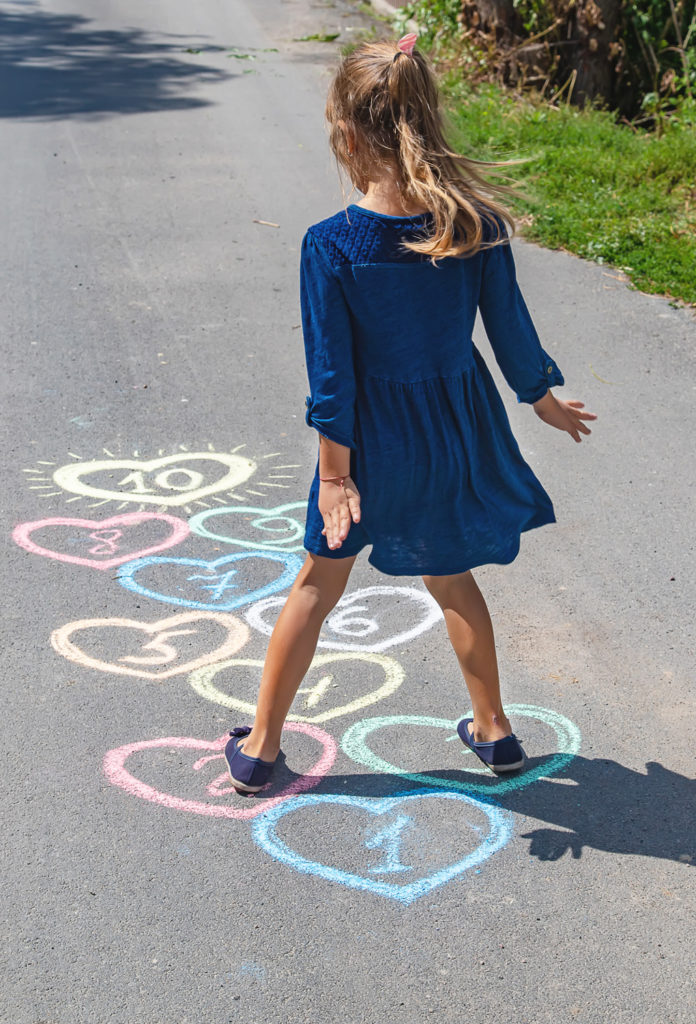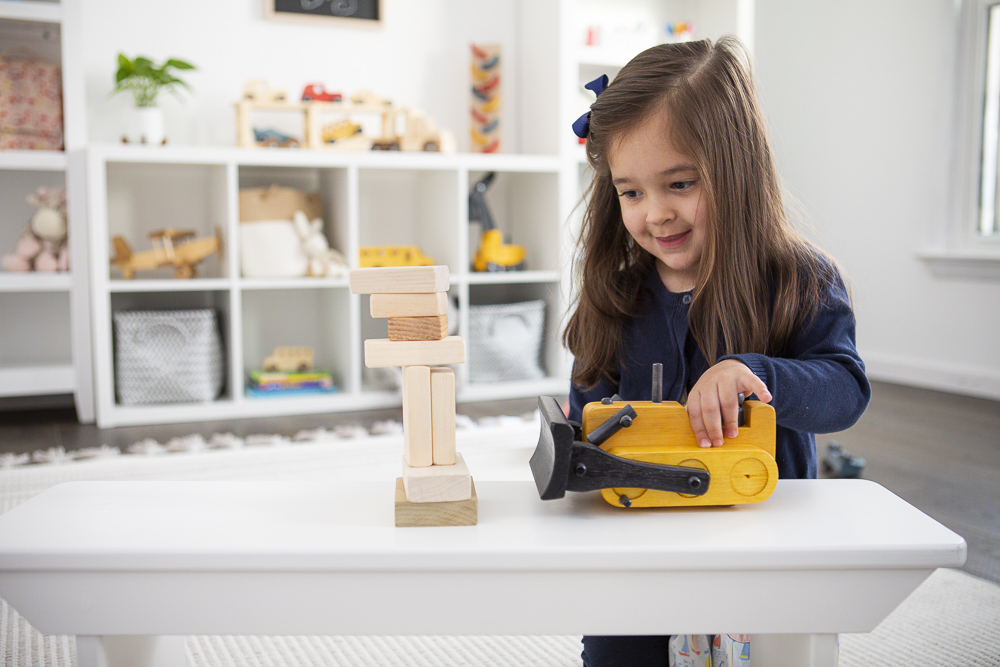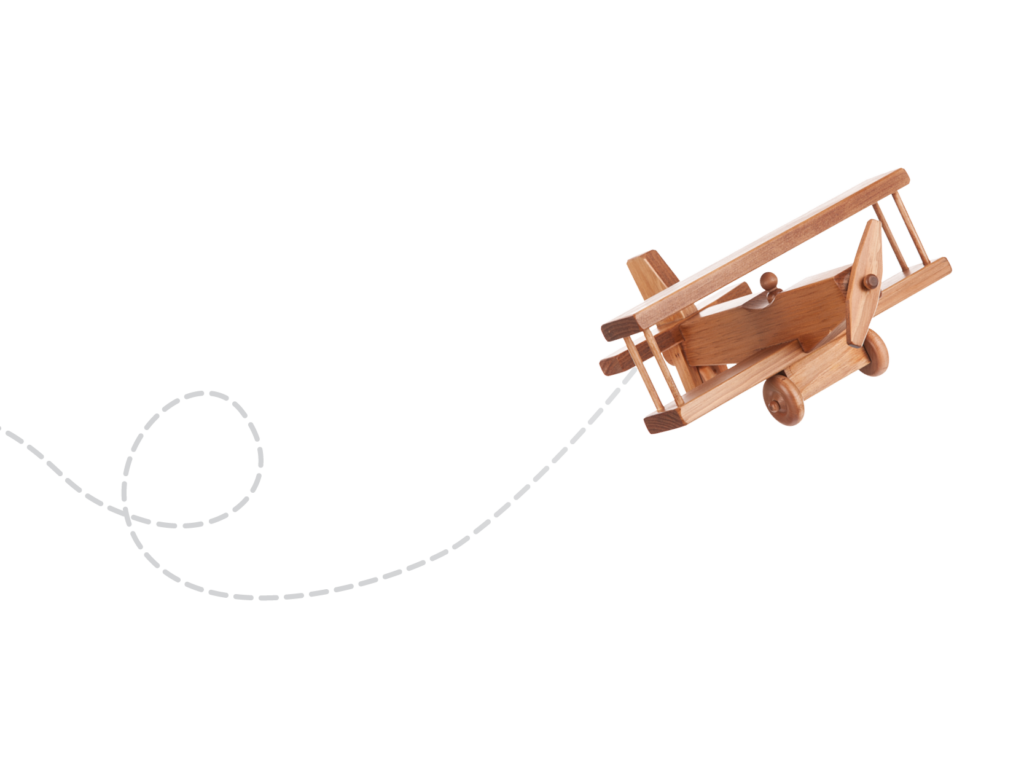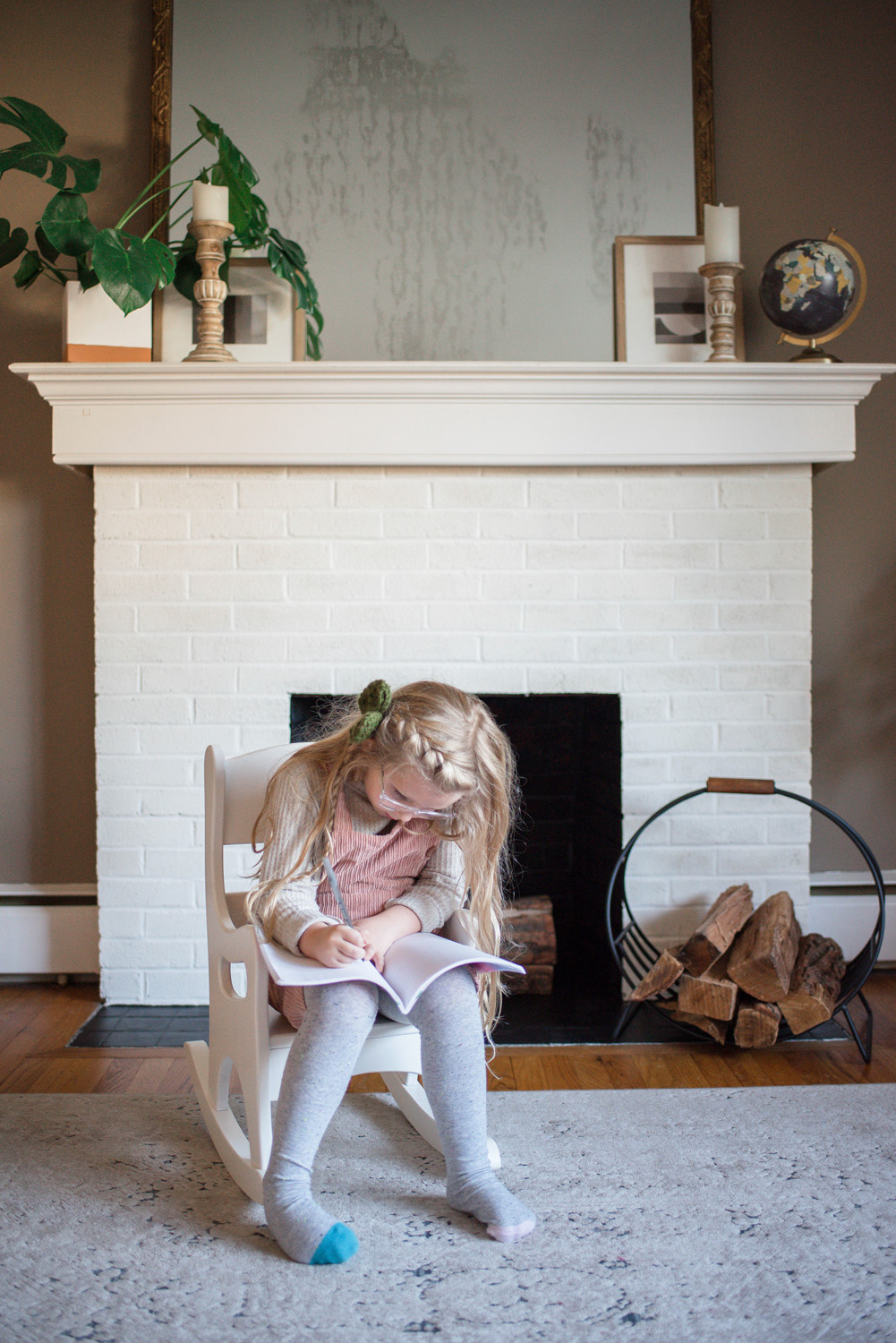
Children are natural learners. But sometimes the challenges that come with learning can be tiring, and even frustrating. It’s important to keep the spirit of discovery and curiosity alive in our little ones so they not only succeed in their education, but also enjoy the learning process. One valuable lesson that we can teach our kids is to recognize that frustration isn’t permanent. Sometimes all it takes to overcome this hurdle is a little break from the task at hand.
Brain break activities are fun and effective ways to help our children sustain focus, think creatively, and overcome obstacles. Giving them the opportunity to take short breaks throughout their work can provide the rest and clarity needed to renew their motivation or to allow them to think from a new perspective.
Why are Brain Break Activities Important?
Our brains, like any other muscle, get tired when we use them extensively. Studies show that consistently taking short breaks throughout the day can have a number of positive effects. Brain breaks can be a valuable tool for overcoming frustration, but they needn’t be reserved for metal blocks alone. Even when your child has a great handle on the content of a lesson or a homework assignment, there are still huge benefits to implementing regular brain breaks.
Brain breaks can help to enhance creativity, productivity, and relieve stress. Taking these little breaks allows our brains to switch between different modes of thinking and gives us the chance to integrate new information into memory.
Implementing brain breaks can be as easy as setting a timer. The frequency of brain breaks should be based on the child’s age. Older kids are often able to focus for longer periods of time and may only need a break every 30 minutes or so. Little ones may need a short break every 5-10 minutes.
Brain breaks themselves should be short and sweet, lasting 3-5 minutes. While it’s perfectly fine to implement an impromptu brain break if your child needs one, brain breaks are most beneficial when they are pre-planned. This structure gives young learners something to look forward to and helps them strive to stretch their focus time without feeling overwhelmed.
10 Brain Break Activities to Try at Home
Whether you are a homeschooling family or looking for ideas to enhance your kiddos’ study and homework habits, brain breaks may be a helpful option. We’ve put together a list of fun and simple brain break activities you can try at home. And after the work is done, browse through our blog for more family fun ideas!
1. TAKE A WALK
There’s something undeniably soothing about nature. A quick 5-minute walk outside can be incredibly refreshing for both kids and adults. Fresh air, a glimpse of the outdoors, and the feeling of the sun on our skin can work wonders for our outlook. Plus, the change of scenery can help to rejuvenate and reset our brains so we can return to a task with renewed vigor.
2. EXPLORER MISSION
If you can’t get outside, even just visiting another room within your home can be extremely helpful for a kiddo who feels stuck. For this activity, give your young explorer 3 minutes to find an object from another room. Once they bring back their “artifact,” they can ask questions about it to learn a few fun facts. You can even extend this activity through multiple brain breaks, asking new questions and learning new information each time.
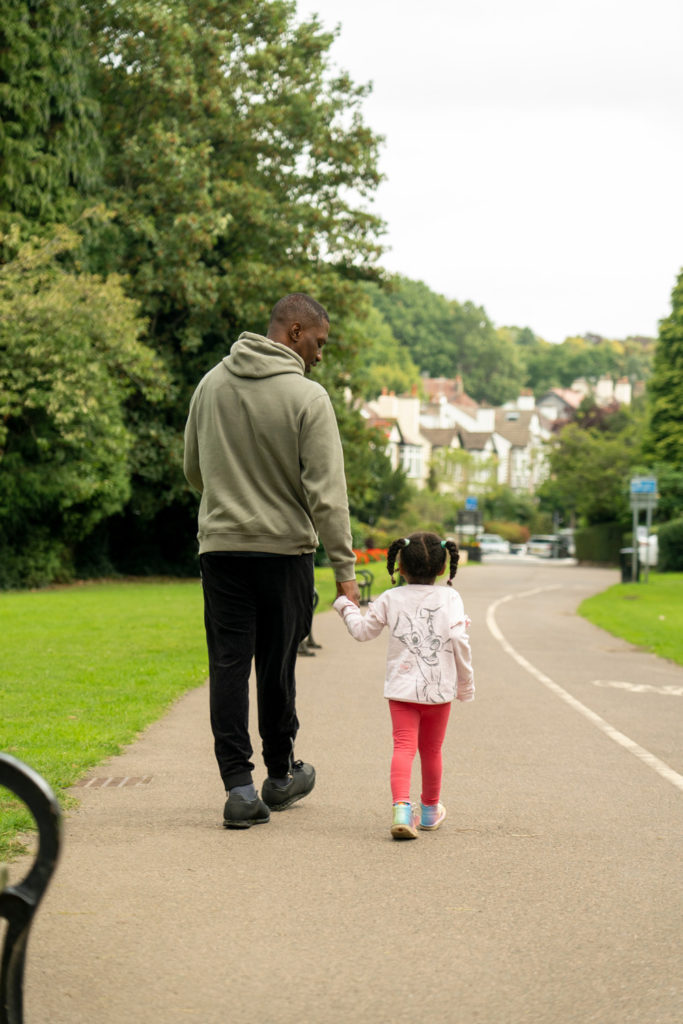
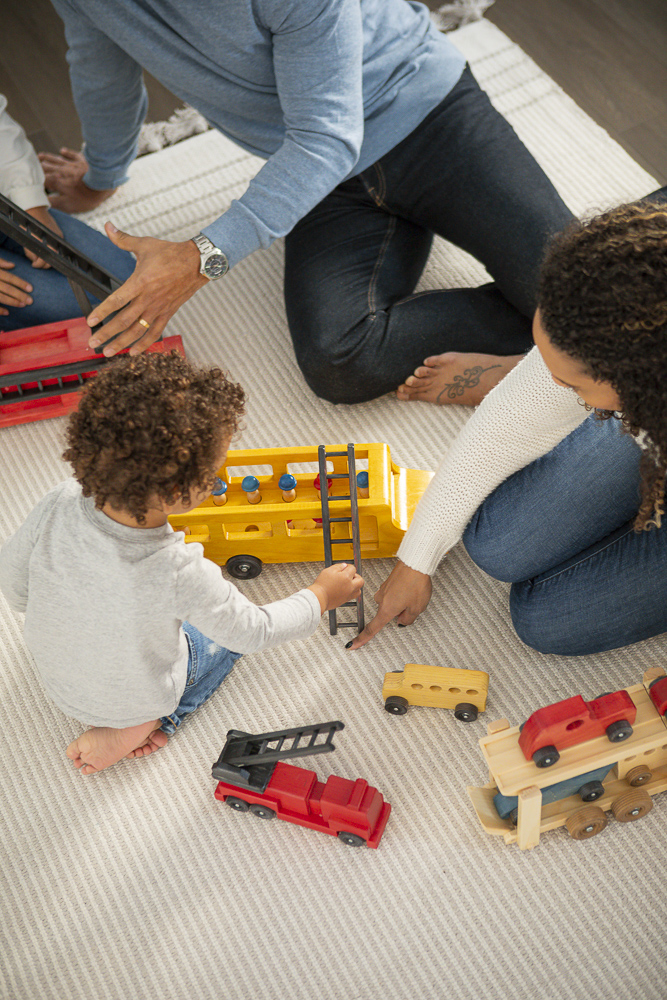
3. TAKE A RIDE
Playing with toy trains and vehicles offers a sense of repetition that can be soothing for many little ones. Set up a simple roadway or train track on the floor using painter’s tape and invite your children to trace the path using wooden cars, trucks, or a train set.
4. DANCE PARTY
Dancing is a great way to let out lots of pent-up energy and have fun together. And music is a fantastic source of mental stimulation and emotional release. Play your family’s favorite song and get moving!
5. MAKE IT RAIN
Use your fingertips to make the pitter patter sound of raindrops on a table or the floor. Let the rain get heavier and lighter between a downpour and just a drizzle. As the storm builds, encourage kiddos to stomp their feet and clap their hands for thunder and lightning. This activity engages both the body and the mind and invites your child to bring their imagination into the activity.
6. TIDY UP
Cleaning can help to calm the mind by reducing visual distractions and creating a sense of accomplishment. While your kiddos may not be too excited to grab a mop or broom, you can still gain the calming effect through play. Scatter building blocks across the floor and encourage little ones to clean up the “construction site” by pushing a toy bulldozer through the debris or scooping up the mess with an excavator.
7. CALMING COUNTDOWN
The object of this activity is to name 5 things you see, 4 things you feel, 3 things you hear, 2 things you smell, and 1 thing you taste. This encourages your child to be present in their body and in their environment, which has been proven to have positive effects on the brain. This is also a wonderful stress reliever. It can help to calm racing thoughts and soothe the nervous system.
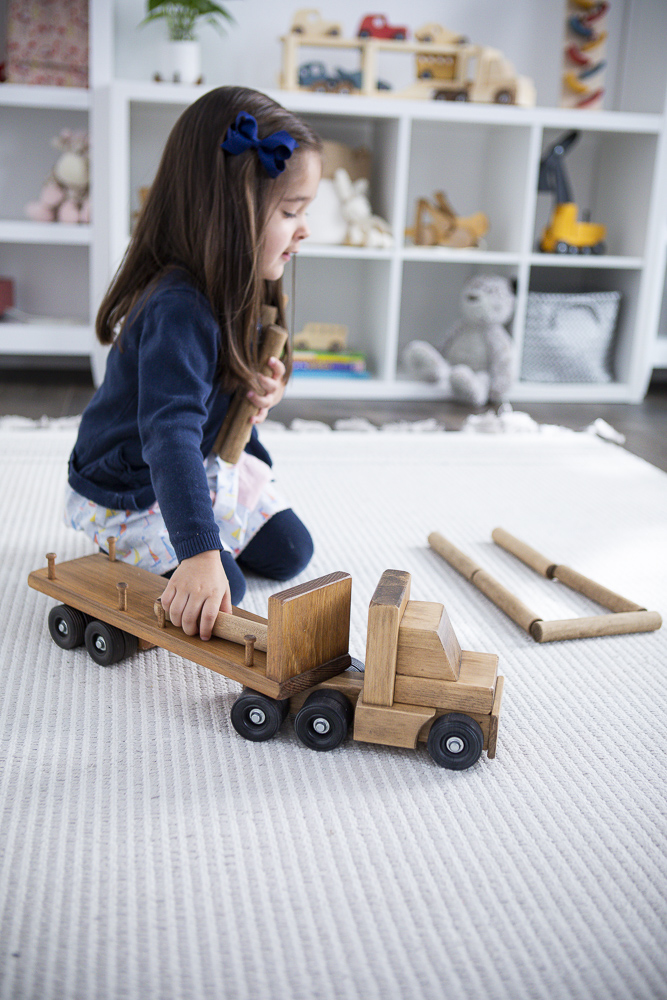

8. BREATHING EXERCISES
Mindful breathing is a great way to get calm and centered. And there are multiple ways to do this. You can have your child take deep, slow breaths from low in the belly, breathing in through the nose on a count of 4 and out through the mouth on a count of 6. Or, if you’re looking for something a bit more exciting, check out this great video that guides your child through breathing like different animals.
9. BODY MOVEMENT PLAY
Breaking up desk time with simple movements can help to increase blood flow to the brain and help little ones manage their wiggles. Keep a basket of kid-powered toys nearby – cars, trucks, and airplanes make great options for motivating simple movements. Take short breaks and ask your children to race the vehicles across the room or simply allow a few minutes of free play. Adding sounds is always a welcomed bonus – vroom!
10. MIRROR
In this activity, two people sit or stand across from each other, and one person leads the movement while the other person mirrors it. Then switch leaders. The idea is to go slow, and to see how well you can match each other’s pace and gestures. For an added challenge, try switching leaders without talking about it, just by paying close attention to each other.
LOOKING FOR MORE IDEAS? Ask your children to help you come up with brain break activities that they enjoy. Try blowing bubbles outside, writing a silly song together or choreographing a family dance routine -the possibilities are endless!
